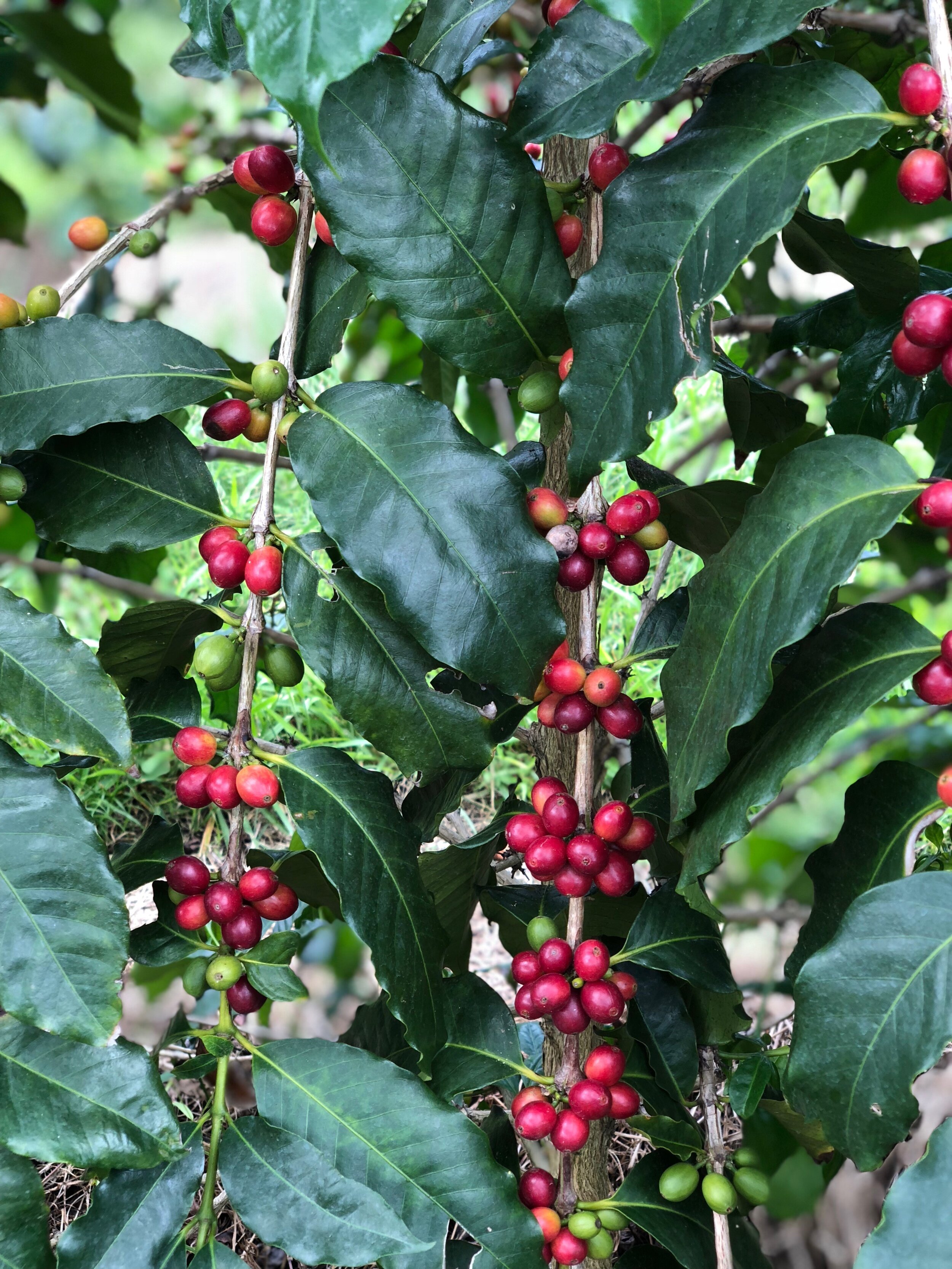
“We believed that this exotic coffee could grow well in Hawaii”
The Migration of Gesha Coffee into Hawaii
Our Hawaiian Gesha story began in May 2009, when we traveled to Panama to meet with coffee mentors Willem Boot, Kelly Hartmann (Panama Finca Hartmann), and the Peterson family of Hacienda La Esmeralda, to talk about the possibility of growing and curating Gesha coffee. We believed that this exotic coffee could grow well in Hawaii and produce an outstanding cherry, full of exquisite flavors and aromas.
We fell in love with the uniqueness of Gesha coffee’s cup profile and knew immediately that we wanted to add it to our small Maui farm. After researching the terroir and Hawaii State regulations, we moved forward with purchasing two kilos of the seeds—which are indigenous to Ethiopia—from the Hartmann family.
Gesha in Quarantine
The Gesha coffee seeds arrived at the Hawaii State Department of Agriculture on April 1, 2010 and less than two weeks later we started our year-long grow out at the plant quarantine office in Kahului. There were extensive guidelines that needed to be followed to ensure that no outside pests or contamination were brought into the islands with the seeds. The grow-out room was surrounded by a water moat and had two airlock doors, we had tray cells for 400 trees and, after adding mist irrigation, grow lights and a time lapse camera, we began the controlled process of growing our new Gesha coffee.
At that time, there had been no other documented coffee grow out in the state of Hawaii for 10 years! We wanted to ensure the safety of the coffee industry by protecting all current varietals growing in Hawaii. It was imperative that we did not introduce anything that would be detrimental to local Hawaiian coffee.
Our Gesha was released from quarantine in April 2011 and we were able to begin planting the first test crop at our Piliani Kope farm in Lahaina. It was a wonderful moment when our first Gesha harvest was made in September 2013. We processed the seeds for planting and, although it was a fruitful harvest, we didn’t cup a single bean, as we were looking for a new farm so we could expand and start farming coffee in the Kona District of the Big Island.
It was in December 2013 that we started a collaboration and rich friendship with Greenwell Farms, to germinate, graft and grow out our Gesha coffee seedlings in their nursery. The seedings were grafted to West Liberian trees, as they are nematode (roundworm) resistant. At the time, we weren’t sure if the Gesha tree roots would also be resistant and we wanted to make sure they would have a chance. It was a successful project and our seedlings grew and flourished in the Greenwell nursery for one year.
In April of 2014, we started Monarch Coffee Farm in Holualoa. The location of our new, bigger farm provided the perfect climate for Kona coffee and productive trees, so we immediately began with extensive ground prep, followed by planting in December 2015.
Many thought we were crazy, some may have thought we would be unsuccessful but our Gesha thrived and when our first harvest came in the 2017-18 season, it couldn’t have been a better start for Monarch Coffee! Our first harvest crop won Grand Champion First Place with Gesha washed Kona Coffee and third place for our Gesha Pulp Natural Kona Coffee at the State of Hawaii Cupping Competition.
Present Day
We currently have approximately 6000 productive trees at our Monarch Coffee Farm and we have wrapped up our 4th harvest season.
Also, in 2018, our Pacamara coffee was planted and in 2020 we had our first production crop. We can’t wait to see what the future holds!
“Gesha” or “Geisha”
“Stop Calling It “Geisha” Already” - Is the title of the article written by sprudge.com. We recommend reading this piece for further gesha education!






